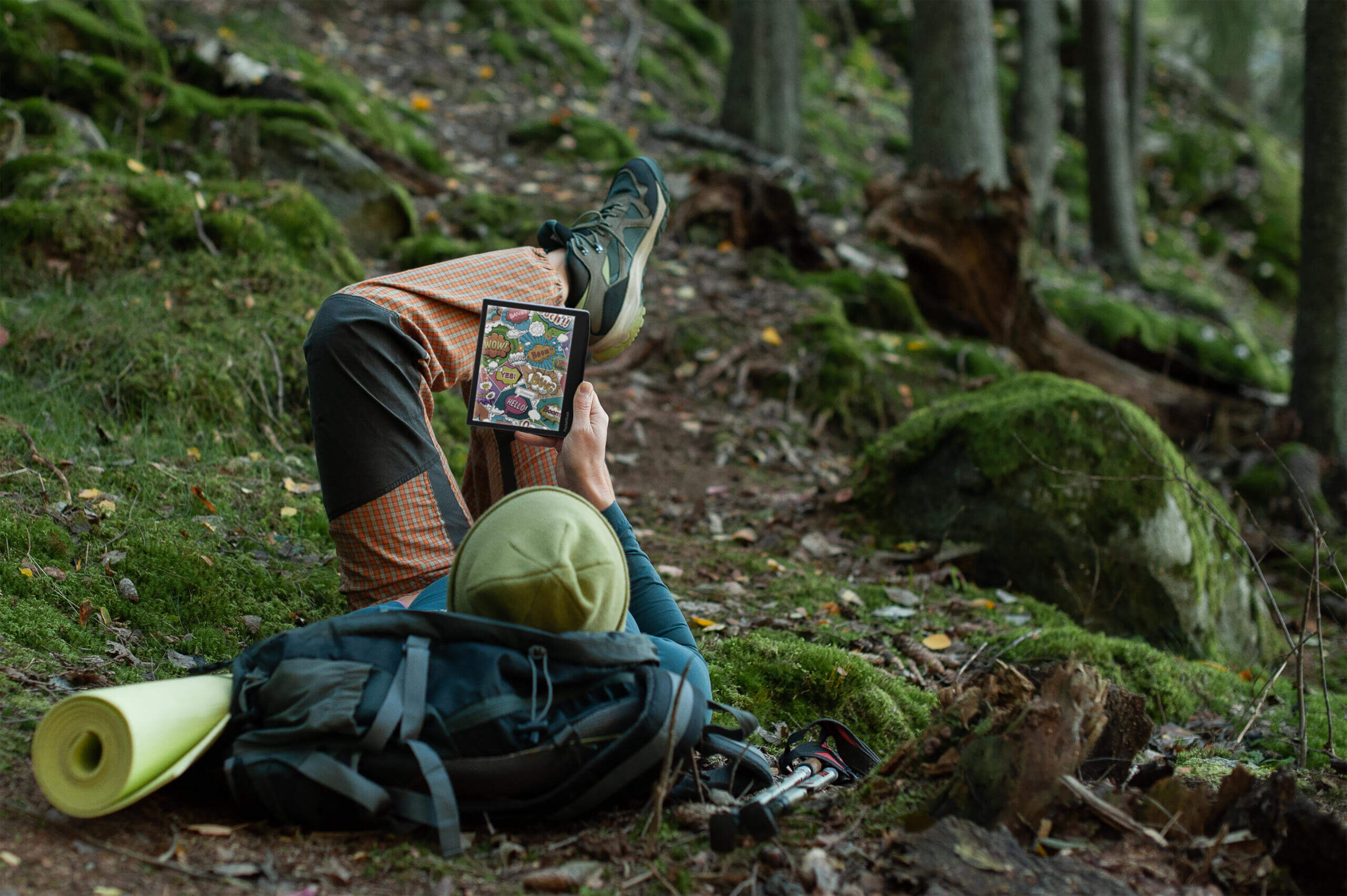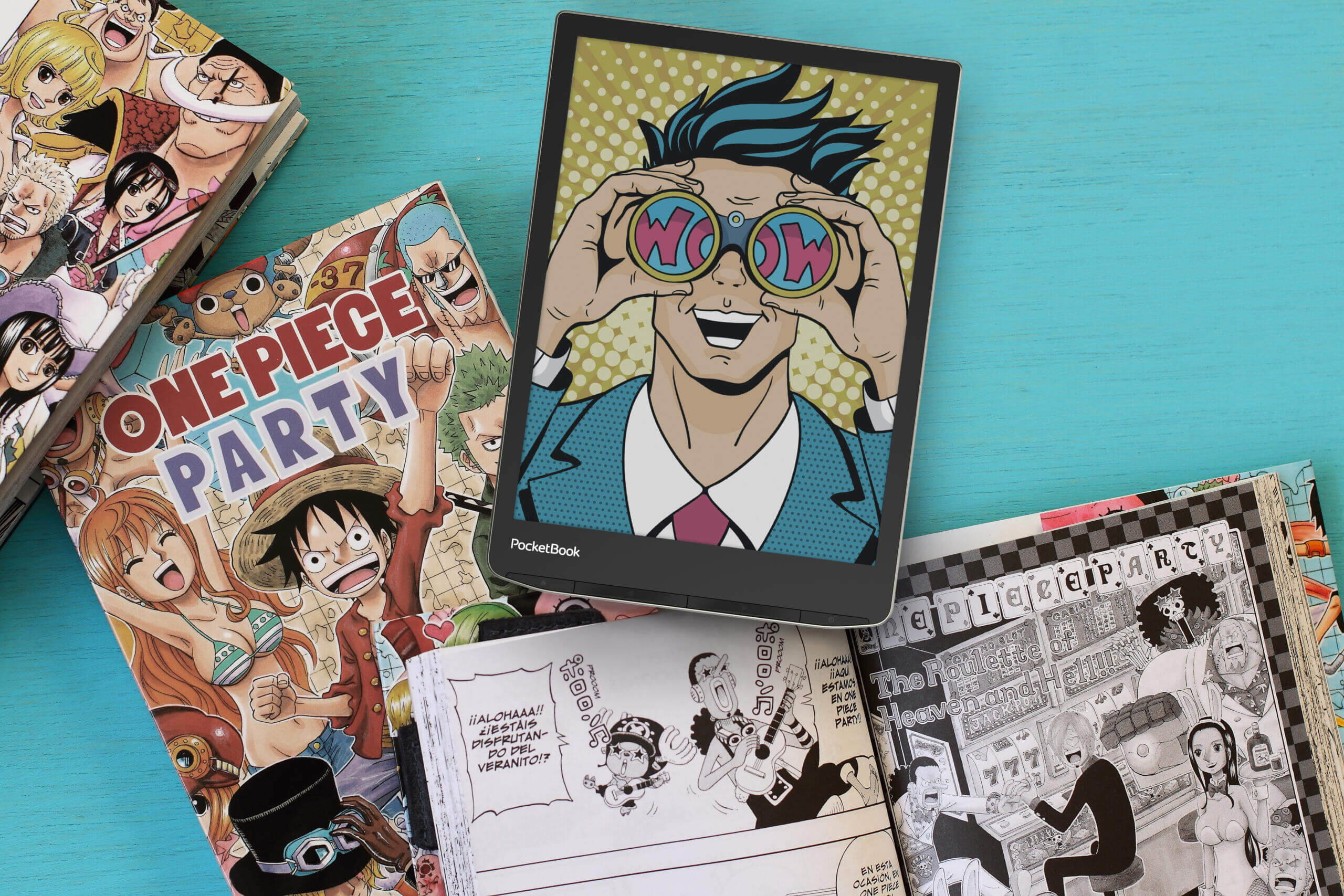E-readers are the most popular way to read e-books. Thanks to the E-ink display, reading on an e-reader is the closest experience to reading on paper. The Amazon Kindle, Barnes and Noble Nook, Rakuten Kobo, and Pocketbook are good examples of popular models. E-readers offer avid readers tremendous benefits, such as portability, convenience, and vast libraries. However, they are much more versatile than they may seem.
Expand Your Horizons with e-Readers
There are two types of e-readers: the typical one designed to read e-books, manga, and other digital content, and e-notebooks, which allow users to freehand draw, sign PDF files, and write in e-books. These are ideal for students, researchers, and professionals. Products include the Amazon Kindle Scribe, Rakuten Kobo Elipsa, Remarkable, Supernote, and Onyx Boox.
E-readers are great for language learning – dictionaries, flashcards, and language-learning apps integration. E-readers are also ideal for language learning and for reading foreign-language books.
Many e-readers support e-books borrowed from the public library. Rakuten Kobo has Overdrive integration baked right into the e-reader. You get a library card, enter it in the settings menu, and then browse/borrow content from the library, which appears on your device. If you live in the United States, Overdrive supports Sending books to Kindle for lending. Android e-readers with support for Google Play allow users to install the Overdrive Libby app and borrow audiobooks and e-books in many countries.
Beyond Words: Digital Art and More
A vibrant hacking community can re-purpose old e-readers and turn them into digital photo frames. Android e-readers can easily install these types of apps. Other apps also allow you to draw, sketch, and create digital art. They can also be used for presentations and even display slides.
Most e-readers now have Bluetooth integration to buy and listen to audiobooks directly on the e-reader. The Amazon Kindle, Barnes and Noble Nook, and Rakuten Kobo sell audiobooks and e-books on the devices. Pair wireless headphones, earbuds, or an external speaker to listen to them on the go or at the park. Android e-readers are more versatile, allowing many free and paid options to listen to audiobooks, podcasts, and music. Pocketbook and other brands will enable you to sideload your audio content and support various formats.
Productivity
E-readers are not just for reading e-books; some have an HDMI port that turns them into secondary monitors for laptops or desktop computers. An entire sector of products, such as Dasung, Onyx Boox Mira series, and Bigme monitors, is designed for this purpose. These are often expensive but feature both black-and-white and Kaleido 3-color e-paper displays.
Digital notebooks are purely designed for productivity tasks—the Remarkable bills itself as a distraction-free experience, with no popups or apps. Users can use the drawing and editing system to be productive. The Kindle Scribe and Kobo Elipsa are hybrid e-readers and notebooks. You can edit PDF files, draw, and buy and read e-books on a large screen.
The Future of e-Readers
E-Readers are in a good place right now. The latest advancements in e-paper technology, such as Carta 1300, Kaleido 3/Plus, and better hardware make reading enjoyable and the overall experience robust.
Companies like Amazon have adopted color E INK for the first time with the advent of the Kindle Colorsoft, proving to be a bestseller. In 2025, the device will ship to European markets and Asia. Kobo adopted the latest generation of colors, E INK, with the Clara Colour and Libra Colour. This year, the Remarkable Paper Pro was also released, the first mainstream product to employ E INK Gallery 3 color e-paper.
What is the future of e-readers? We will likely see Kaleido 4 announced in 2025, with better PPI and more colors. Foldable e-readers might also be a reality. Expect more AI and GPT-style chatbots on more products, but it is doubtful we will see voice assistants or systems to control your home system.
Michael Kozlowski is the editor-in-chief at Good e-Reader and has written about audiobooks and e-readers for the past fifteen years. Newspapers and websites such as the CBC, CNET, Engadget, Huffington Post and the New York Times have picked up his articles. He Lives in Vancouver, British Columbia, Canada.

